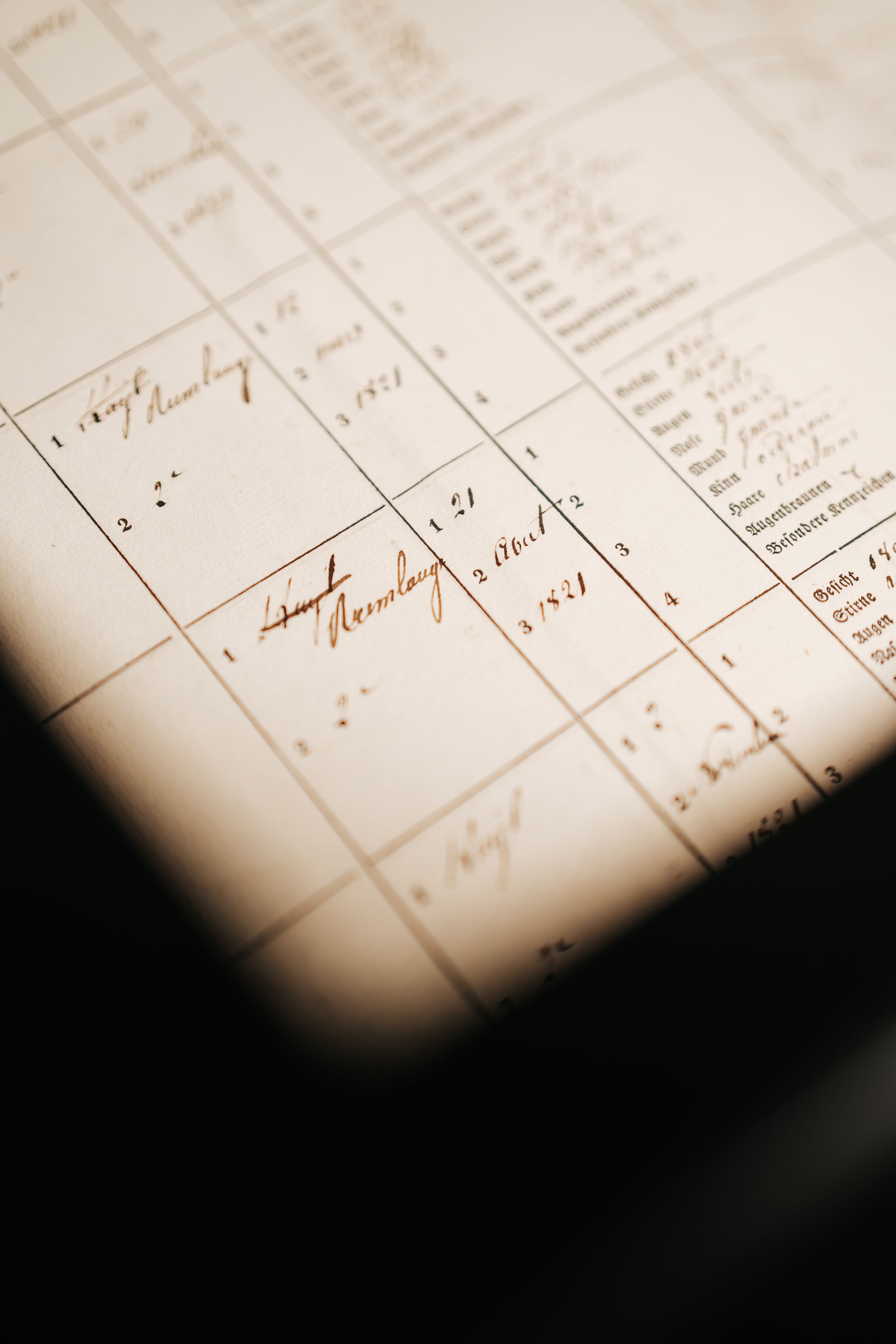Some turns of phrase, customs or specific words are intrinsic parts of the language in the Minett region, as they played an important part in the populations history; most of them have a direct link to the mining past, as the phrases and words employed by the mineshaft workers became a part of a shared language of the region, and some of them are in use to this day.
Here are some key words in this dictionary, representing some of the typical words and phrases of the region, illustrated by the artist Annick Sinner.







